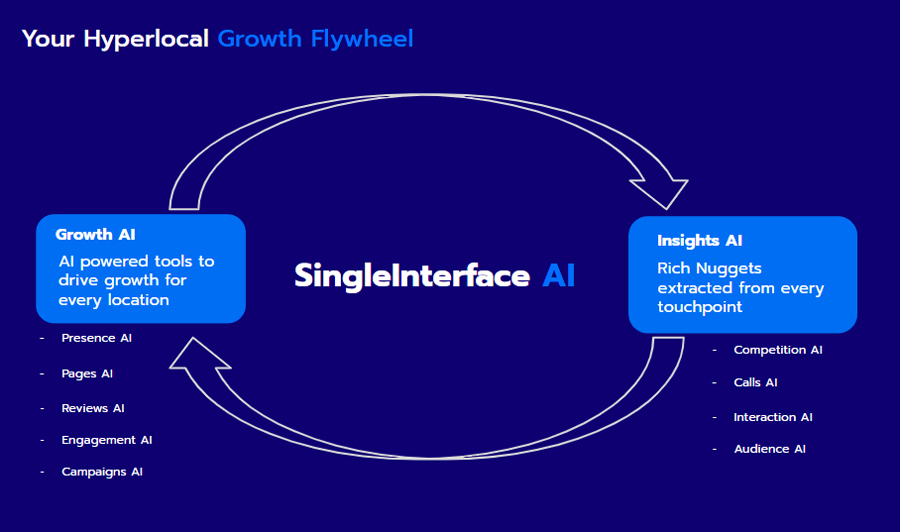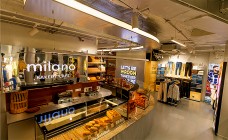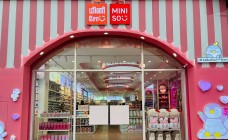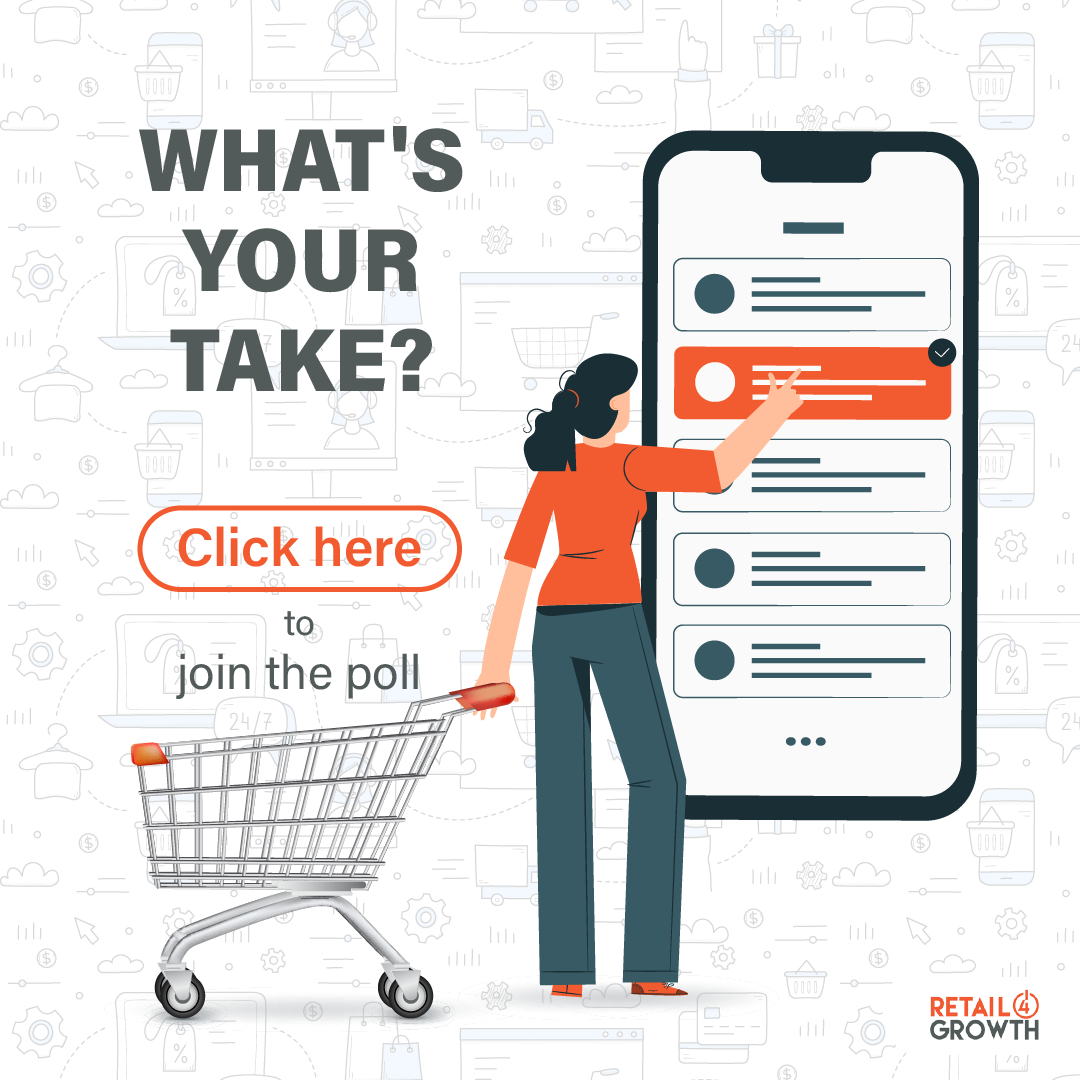How this tech company enables physical retailers with digital visibility
By N Jayalakshmi | April 25, 2025
Sandeep Singh, COO, SingleInterface, tells Retail4Growth how the tech company helps offline retailers match their e-commerce counterparts in terms of being discovered by customers on digital platforms.

Omnichannel might be leading the list of cliches when it comes to retail parlance in recent times. But what the word ‘omnichannel’ connotes is evolving in interesting new ways. In fact we seem to have come a full circle now when it comes to omnichannel retailing - from physical to digital and back to physical and both co-existing now, with their own distinct value proposition.
Enabling retail brands’ transition from the physical to the digital and helping them straddle the two are tech solution providers in the retail eco-system with a range of offerings. These offerings encompass a wide range of retail requirements. For tech company SingleInterface, the calling came when they realised that physical retail businesses needed to be discovered digitally - a challenge that many brick and mortar retailers faced, according to Sandeep Singh, COO, SingleInterface. Sandeep defines SingleInterface as a “hyperlocal mar-tech platform, which allows and enables, empowers businesses with physical locations to get discovered digitally".
As Sandeep points out, SingleInterface is a platforms that aims to digitize marketing for physical retail locations, which have historically lagged behind e-commerce in adopting marketing technology. The company, that started operations in 2018, works with a client base of around 350 retail brands across various categories.
From discovery to traction
Explaining the importance of being discovered digitally for brands, Sandeep says, “Customers today are essentially on multiple digital platforms. For example, in the case of say quick service restaurants or cars, most of the businesses happen offline. But is their ‘discoverability’ quotient on digital platforms high enough when customers are, say looking for a burger or a car? Not necessarily, but it needs to, as their customers are on digital platforms. So these businesses, which are in the vicinity of where the customers are while searching for the product category, need to be discovered and made visible. Now what makes a business ‘discoverable is essentially the algorithms of search and its ranking among relevant businesses based on various factors.”
As Sandeep informs, the most relevant factors in the process of discoverability are visibility (based on how well the brand is pinned on the map) and relevance of the business listing in terms of customer search. Essentially, accurate location data, relevant content, and positive reviews are crucial for improving discoverability. And this is where SingleInterface steps in. The company helps their retail clients enhance their digital discoverability by fetching their location data, distributing it to multiple directories and search engines on the digital ecosystem, building a store locator on their website and also supporting targeted advertising campaigns, further enhancing brand visibility for multi-location businesses.
Over a period of time, the clients start seeing increased visibility, clicks, and footfall/enquiries; which then get translated into improved business.

AI for impactful visibility
Sandeep informs that the solution is also now powered by AI, which means, better review analysis and management and call analytics, allowing businesses to gain location-specific insights and categorize customer interactions effectively. This means insightful understanding of customer experience and reviews.
On equal footing with e-commerce
Reiterating the need for AI backed ‘discoverability’ for retailers, Sandeep elaborates, “Much of martech has been built on e-commerce, be it, cookie tracking, checkout, retargeting, etc. But not much has been done on the physical retail front. So we fundamentally believe that every physical store, irrespective of whether it’s a multi-brand business or a small mom and pop store, it deserves to be marketed and made visible.”
The challenge of awareness & acceptability
Talking about the initial challenges in their journey, Sandeep says, “When I go back to the early years when we started in 2017, it was pretty challenging because this was completely new and there was no awareness regarding the need for physical location management. During those times, we used to do a lot of free Proof of Concepts to win prospective clients’ trust. Once they started seeing growth, from discoverability, it gave them confidence. We were able to develop a lot of case studies, because there were clients who saw outcomes.”
The pandemic as a pivotal moment
Sandeep further explains how the pivotal moment came post-COVID, “It was a challenging moment for us, because our whole business was dependent on location and most physical stores were closed. But once locations started opening up and started offering home delivery services, they started taking omnichannel very seriously and realized the need for their physical locations to be digitally visible. So I would say we have become a kind of catalyst.“
Today the Gurgaon based company plans to expand with teams in Southeast Asia and offices in Philippines, Singapore and Vietnam, having carved an edge with the early mover advantage and gained client loyalty with “scalability, trust and reliability” as Sandeep puts it. Their next plans are all about getting more AI-integrated so they can “eliminate a lot of manual tasks for the customers”.









Comments